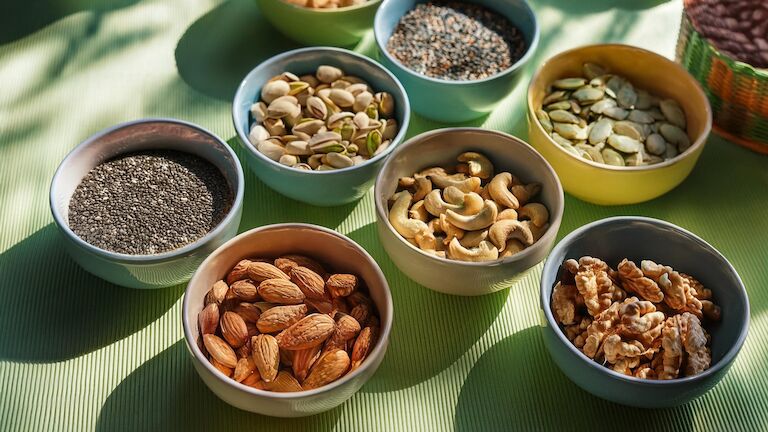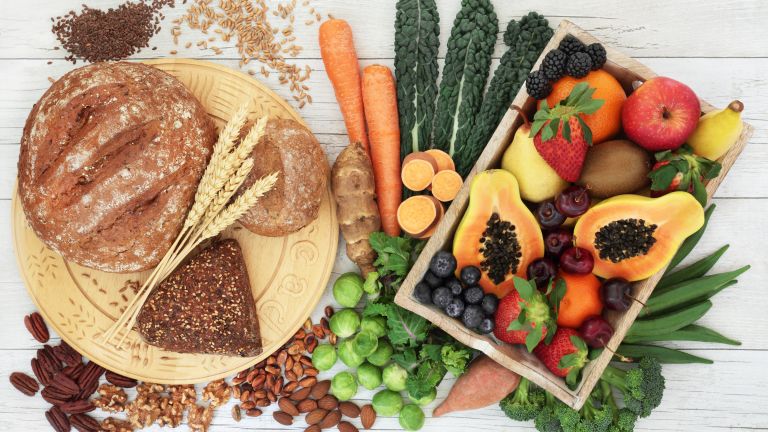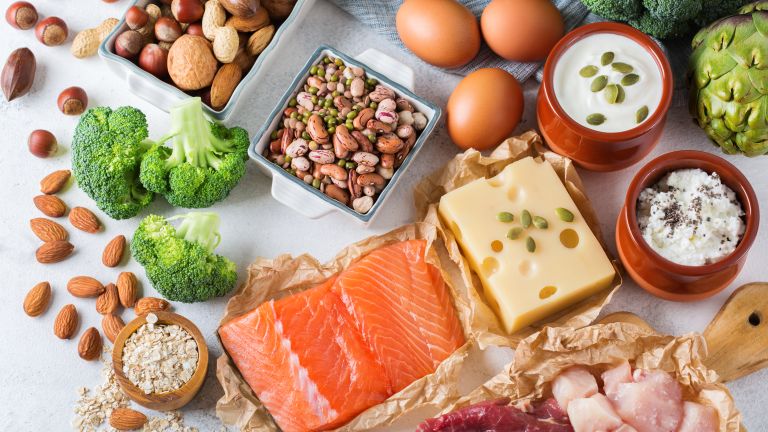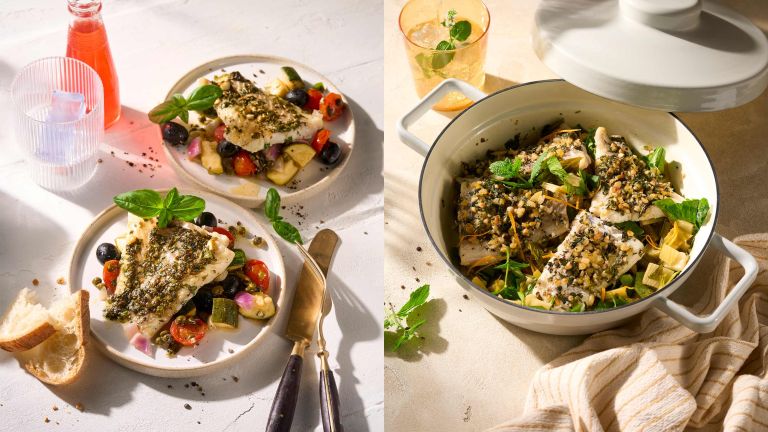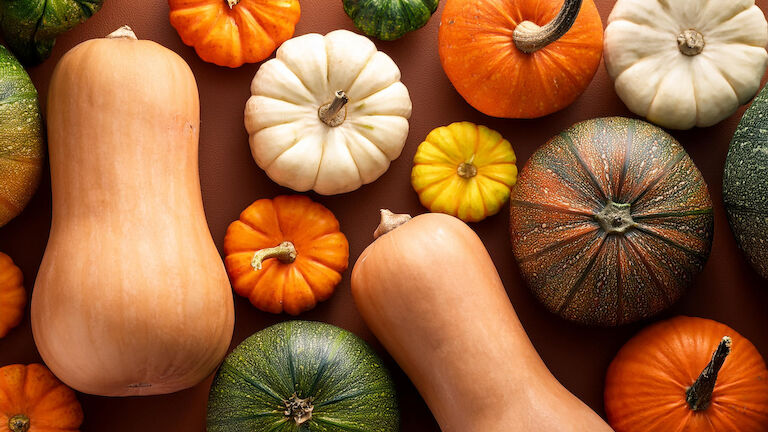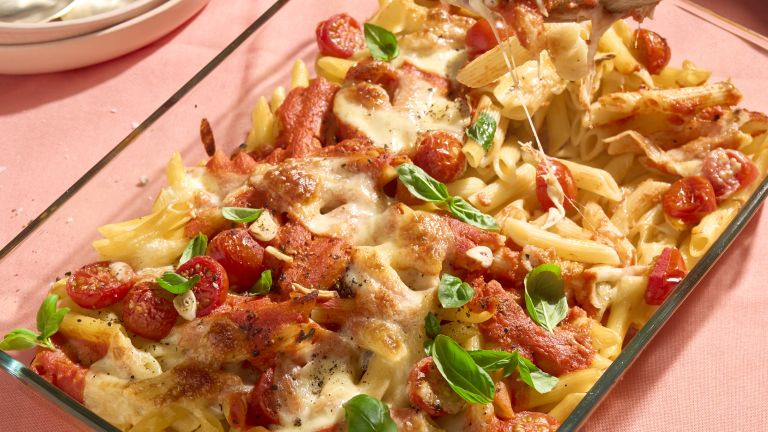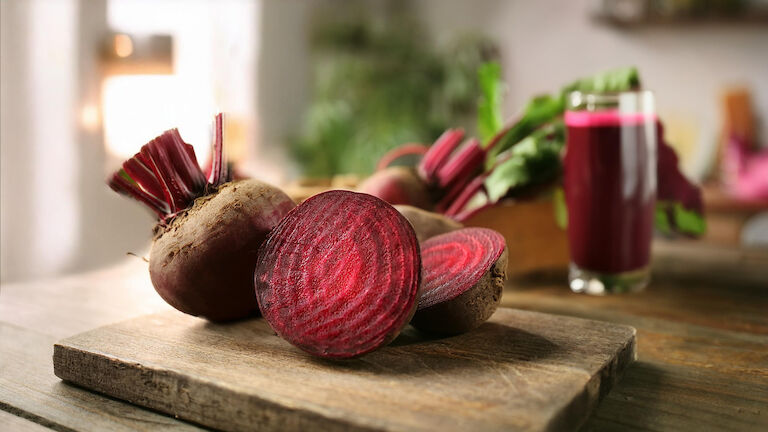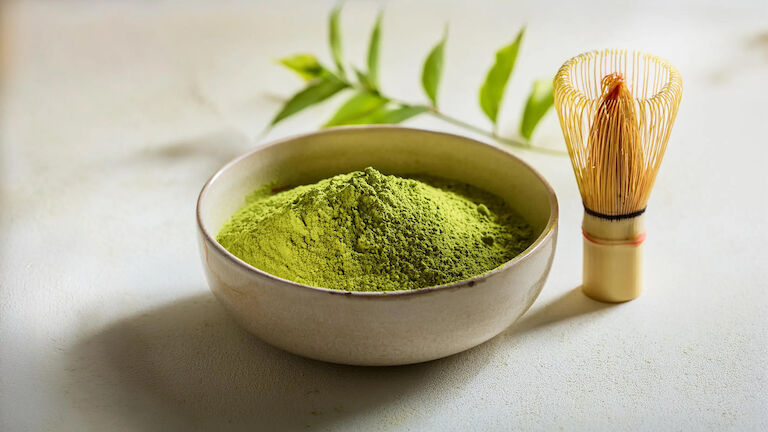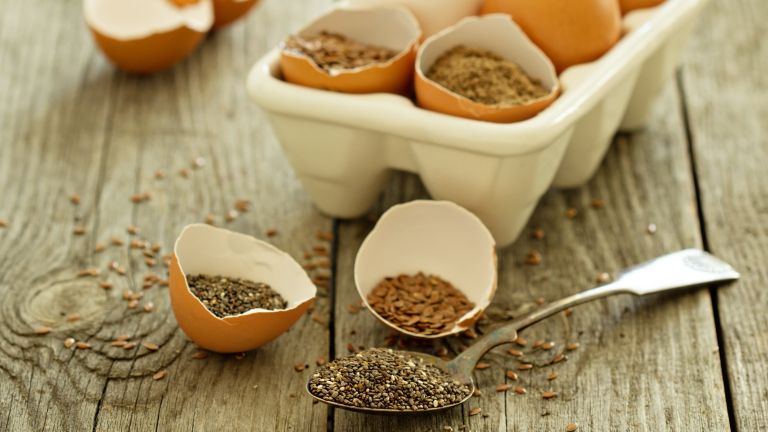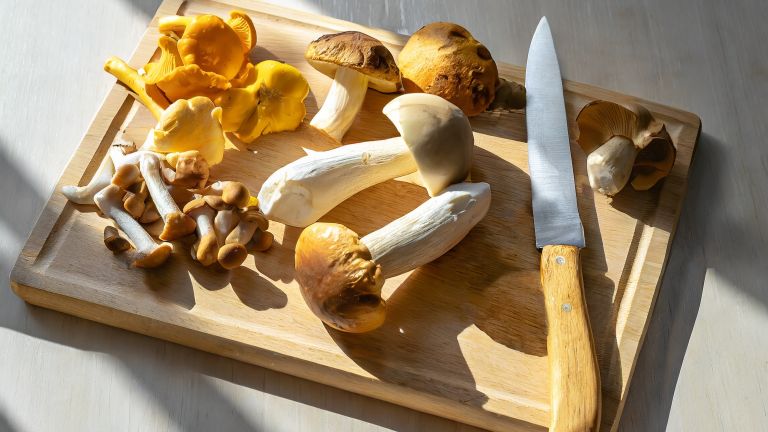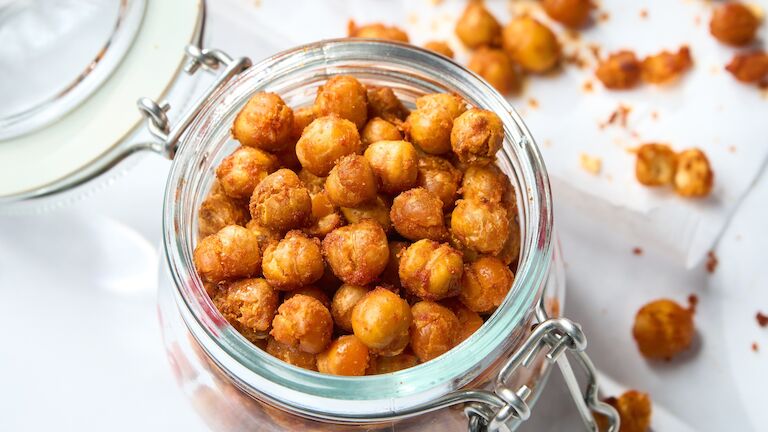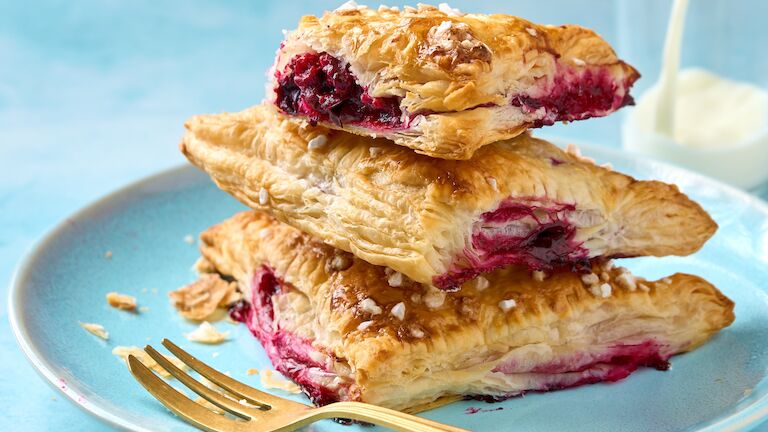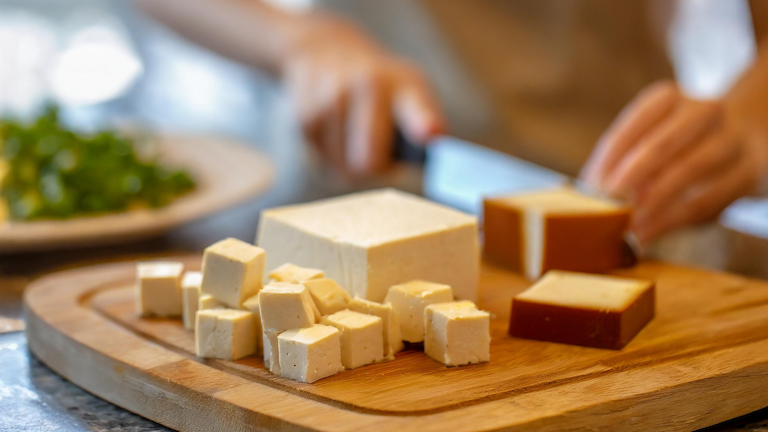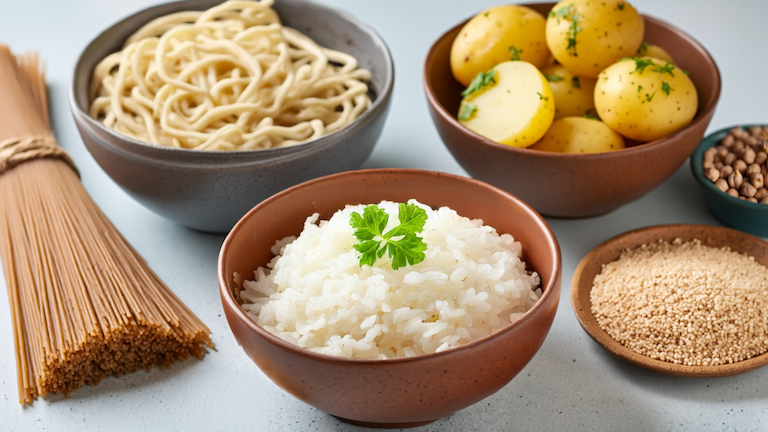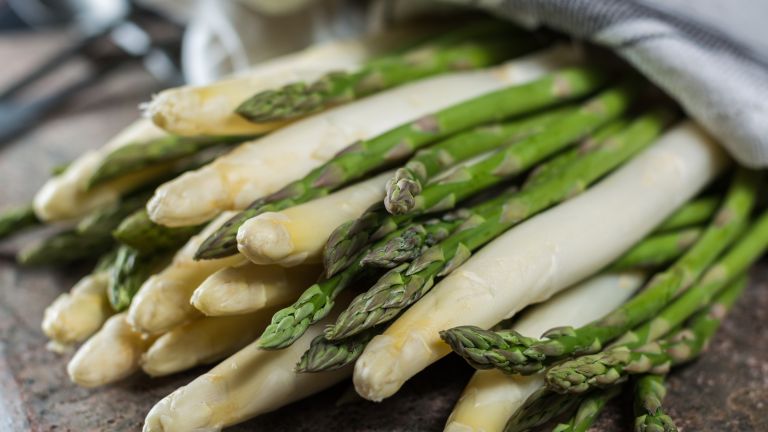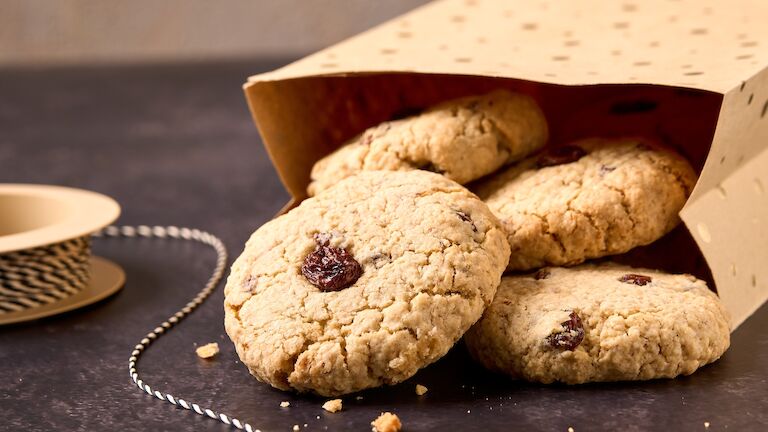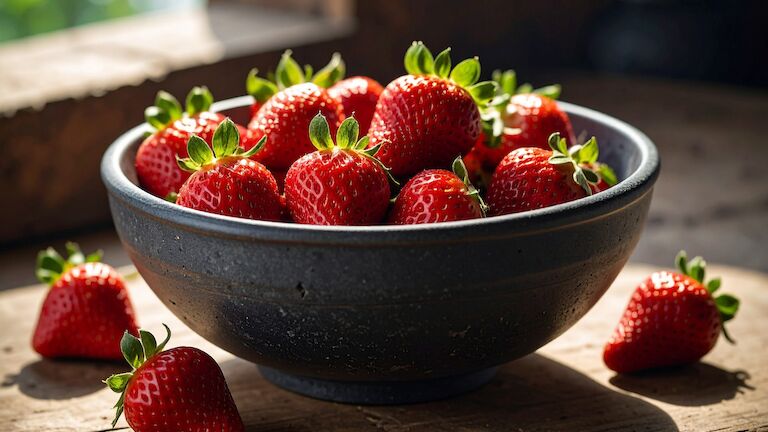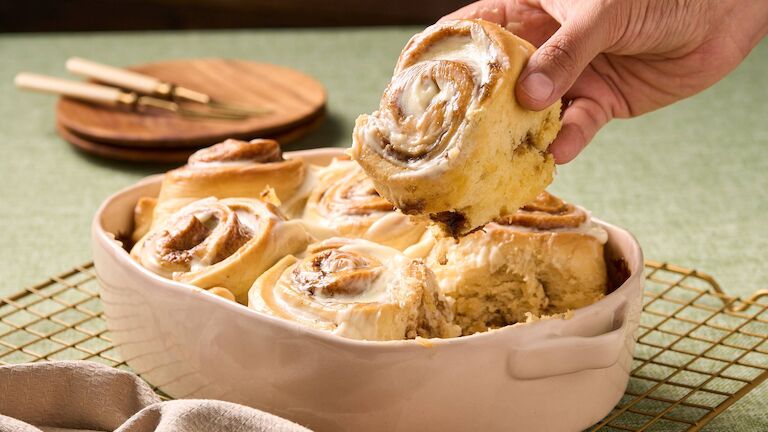Crème fraîche, Schmand, sour cream ... do you know the difference?
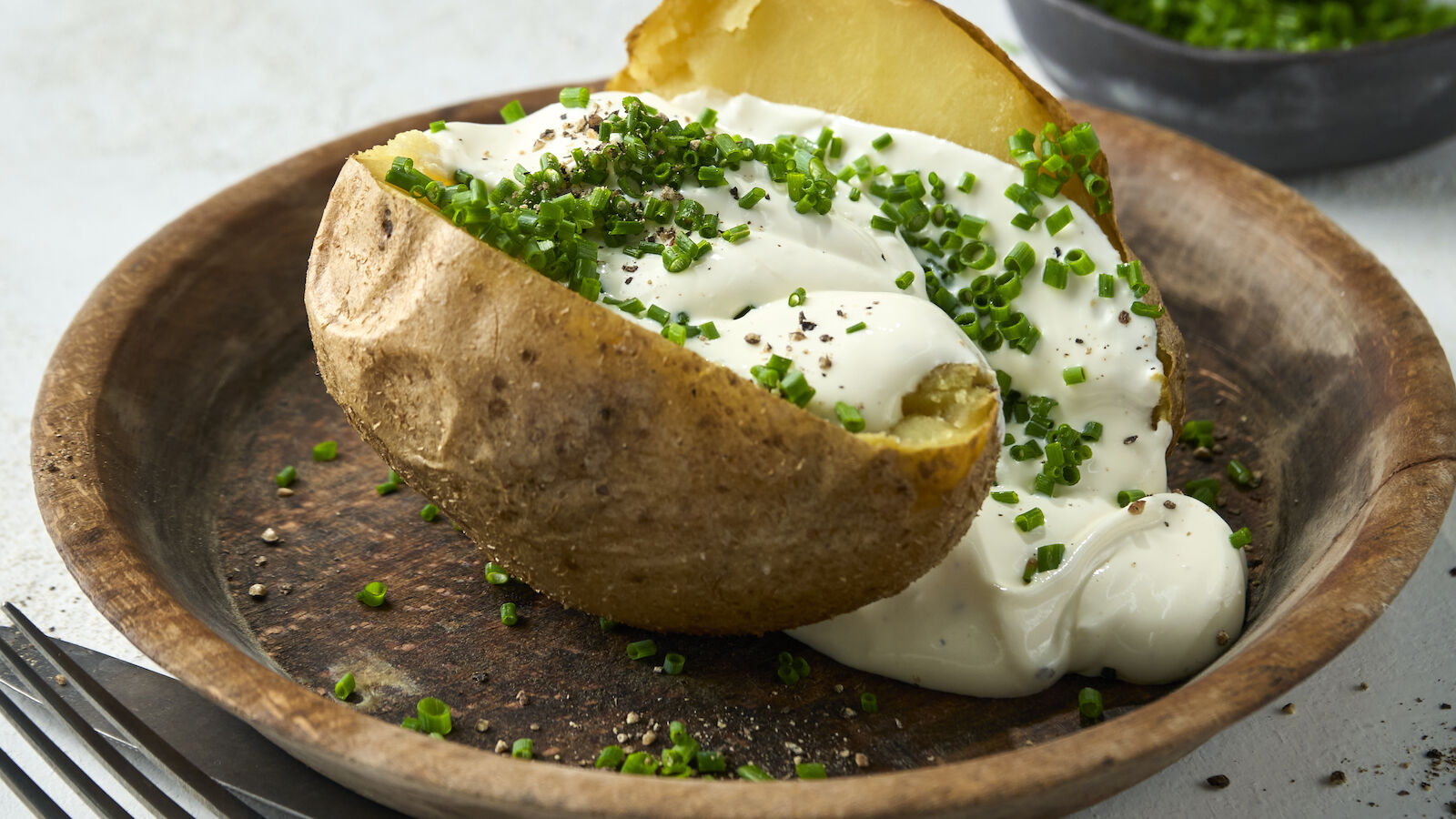
If you need a little enlightenment on the various cream products in the chiller cabinet and their different names, you’re in the right place. Though the differences are sometimes small, we can reveal what makes crème fraîche, Schmand, etc. so special and what can be used as alternatives.
Sometimes it only takes a splash of cream to lift the taste of a dish. No wonder, given that Schmand, crème fraîche and sour cream are flavour carriers that can elevate aromas. They are all milk-based products with a creamy texture that are truly versatile in the kitchen.
But where can we find the differences? What can the different types of cream be used for? These dairy products can basically be divided into two categories: Firstly according to whether they are sweet or (through the addition of lactic acid bacteria) sour milk products, and secondly according to their fat content. Both of course have an influence on flavour and consistency. One major difference, moreover, is their stability when heated. Our overview reveals more!
Cream: The kitchen classic
This liquid all-rounder with a fat content of 30% (whipping cream) to 36% (heavy whipping cream) is the star in every kitchen. Whether as a topping for cakes and strawberries for instance, as a base for sauces or in desserts – this sweet cream is an incredibly versatile dairy product.
Tasty alternatives: For savoury foods such as sauces and oven bakes, you can also use milk, soy or oat cream, or low-fat cream cheese. For desserts, take yoghurt, Greek yoghurt or fat-free soft cheese (Quark).
Crème fraîche: French finesse
This is the crème de la crème among dairy products and is frequently used to refine creamy soups, sauces and dips, lending many dishes a luxurious texture. Crème fraîche is a French cream with a fat content of at least 30% and may contain up to 15% sugar. It is thick, creamy and slightly acidic. The trick: It does not curdle when heated and lends a fine balance to spicy dishes.
Tasty alternatives: sour cream or silken tofu. You can also use crème légère (a lightened pastry cream) with a fat content of about 15% or replace up to half with milk.
Schmand: Creamy compromise
Schmand is the German answer to crème fraîche with a little twist. With a fat content of about 20%, it is slightly lighter but just as creamy and mildly acidic. Schmand can also be heated without curdling and is an all-rounder in the kitchen: Whether in a moist sour cream cake, in sauces or on potatoes – Schmand can add a zingy note on many occasions.
Tasty alternatives: Crème fraîche is similar in texture and contains slightly more fat, while silken tofu is a good plant alternative. Greek yoghurt is also good for cold dishes.
Saure Sahne: Germany’s “delicate touch”
Not to be confused with sour cream! Germany’s version of sour cream, Saure Sahne, has a firm consistency and may also be called Sauerrahm. With a fat content of around 10%, it is still creamy but lighter than crème fraîche and Schmand and has a refreshingly tart flavour. However, it is slightly less robust and will curdle when heated. It is therefore best to use it cold, such as for dressings, dips or toppings, and is a low-fat alternative to mayonnaise and whipping cream. Here’s a handy trick: Whisked with a little cornstarch or sieved flour, Saure Sahne can also be added to warm dishes without the risk of curdling.
Tasty alternatives: Crème légère, which is basically the French version, or low-fat cream cheese or Quark which are both ideal for cold dishes.
Sour cream: The master of toppings
Sour cream, as already mentioned, is more familiar to us as a dip, mixed with Schmand or Quark. It is the original American variant of sour cream, however, as it has a similar fat content of about 10% to 20%. It goes perfectly with tacos and baked potatoes. Its taste is milder than the German Saure Sahne.
Tasty alternatives: Delicious dips and toppings can also be made with Schmand or Quark.
Crème double: Ultimate luxury
For those indulgent moments, we might reach for crème double with a whopping fat content of 40%. It is the thickest and richest variety of creams available in Germany and, unlike all other sour cream products, can even stand up to acidity and extreme temperatures. This popular accompaniment to decadent desserts and luxurious sauces is a calorie bomb, however, that we should really only enjoy as an occasional treat!
Tasty alternatives: If no acids (from wine or citrus fruit) are involved, you can also use crème fraîche and Schmand. Otherwise, the Italian cream cheese, mascarpone (80% fat!), is an option.
My tip: Are you familiar with the ingredient-swapping feature offered with every BetterFood recipe? The arrows to the right of the foods indicate that you can always swap out the ingredient in question for alternatives that have been tested by our pro chefs in the test kitchen. This leaves you to make your own decision whether to use classic milk products with your preferred fat content or perhaps choose a vegan alternative for the recipe.
Source:
Federal Centre for Nutrition: Saure Sahne, Schmand, Crème fraîche: Kennen Sie den Unterschied? (BZfE.de, 13.05.2020)
Images: © Robert Bosch Hausgeräte GmbH




